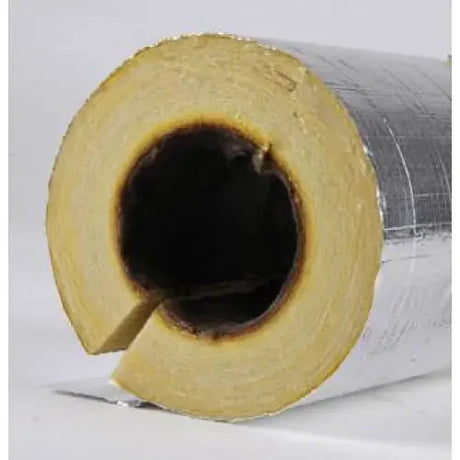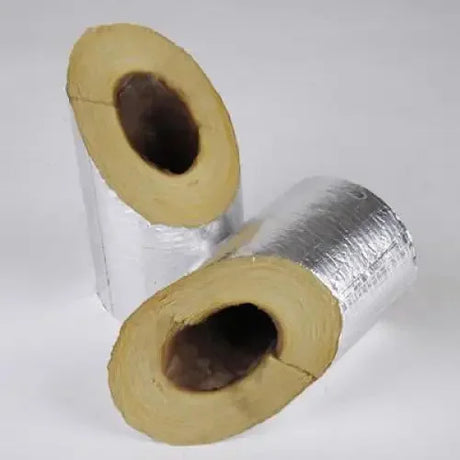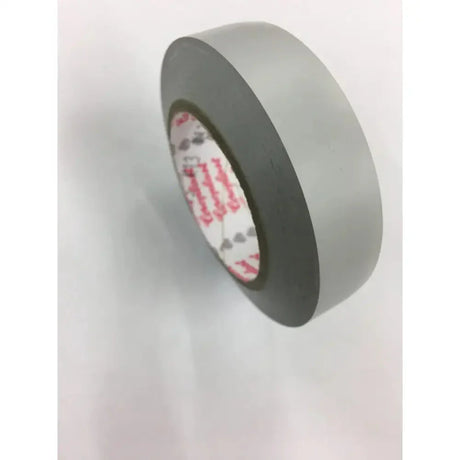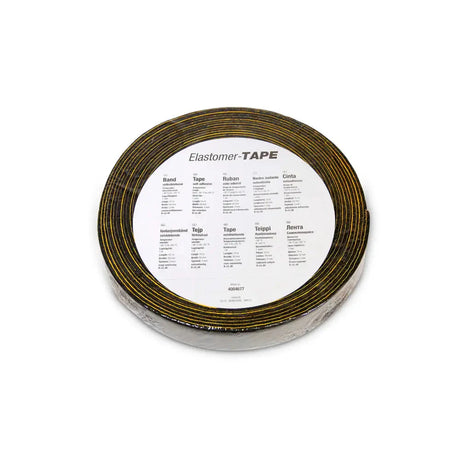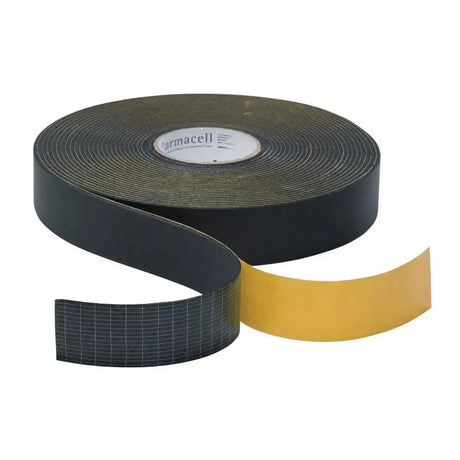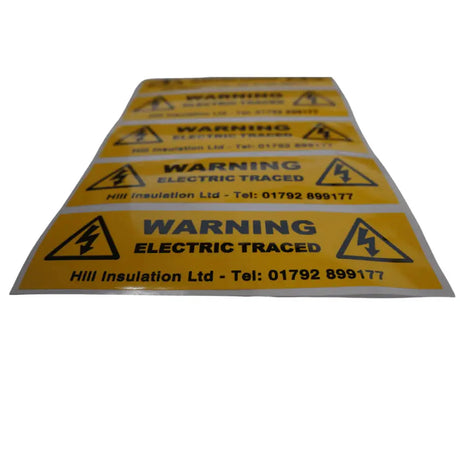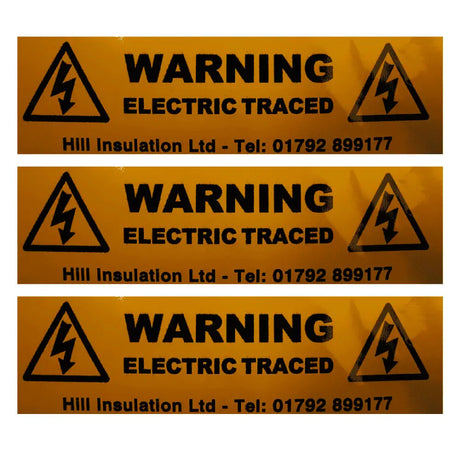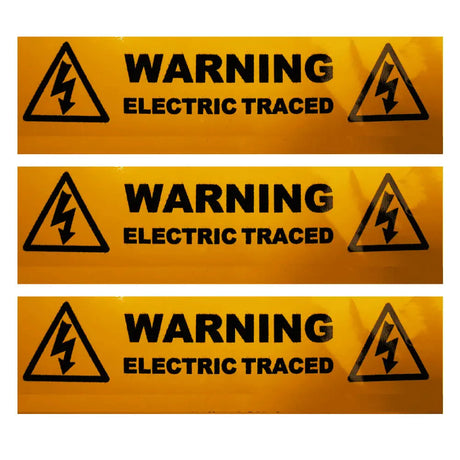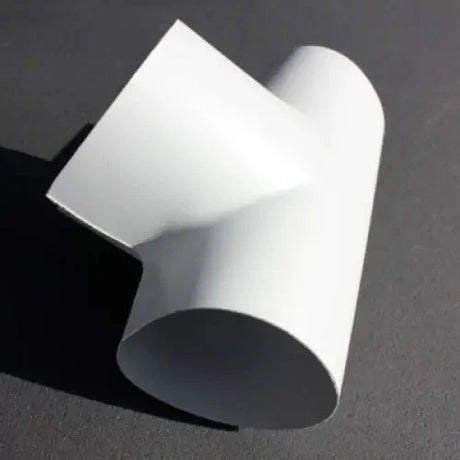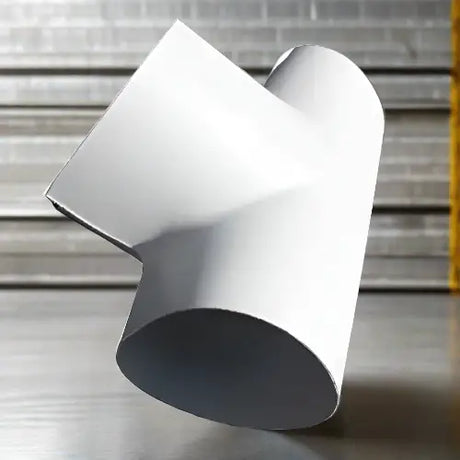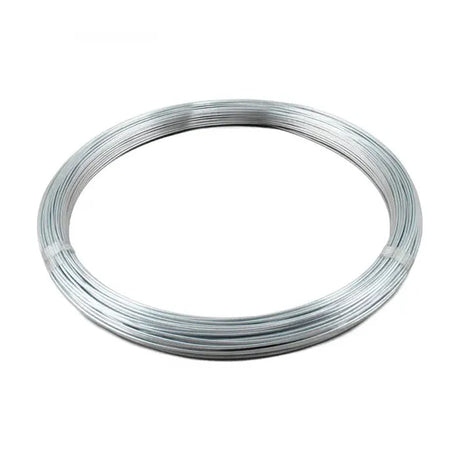Overview of Trace Heating Systems
Trace heating, also known as electric heat tracing or surface heating, is a method used to maintain or raise the temperature of pipes and vessels. This process is achieved by applying heat directly to the pipes through heating elements like cables or tapes. It is often utilized to prevent pipes from freezing, maintain fluidity of products by keeping them above their pour point, or to maintain a specific process temperature.
Advantages of Electrical Trace Heating
- Prevents Freezing: Ensures that the contents within pipes do not freeze under cold conditions.
- Temperature Maintenance: Keeps fluids at a constant temperature to maintain fluidity.
- Versatility: Can be used in a variety of settings and with various pipe materials.
Introduction to Polymer Insulated Trace Heating Systems
Polymer insulated trace heating systems are a subset of electric trace heating that utilize a polymer material for insulation. They offer a unique set of benefits over traditional insulation materials that make them suitable for a wide range of applications.
Importance of Insulation in Trace Heating
Insulation plays a crucial role in trace heating systems as it helps to retain heat, ensuring efficient operation and energy savings. The right insulation material can significantly affect the performance and longevity of the system. Polymer insulated trace heating systems are becoming increasingly popular due to their superior qualities compared to traditional insulation materials.
Why Insulation is Key
- Energy Efficiency: Reduces heat loss, leading to lower energy consumption and costs.
- Safety: Prevents the outer surface of heating cables from becoming too hot to touch.
- Performance: Maintains the desired temperature more consistently over the length of the pipe.
What is Polymer Insulation?
Polymer insulation refers to the use of synthetic materials, commonly derived from petrochemicals, to insulate trace heating cables. These materials are highly adaptable and can be engineered to meet specific demands such as temperature resistance and flexibility.
Features of Polymer Insulation
- Heat Resistance: Can withstand varying temperatures without degrading.
- Chemical Stability: Resists corrosive substances and does not support mold growth.
- Dielectric Strength: Excellent insulator for electrical applications due to its high resistance to electric flow.
Advantages of Using Polymer Insulation
The employment of polymer insulation in trace heating systems provides multiple benefits over traditional insulation materials like fiberglass or mineral wool. These advantages can include longer lifespan, better flexibility, and enhanced safety features.
Durability and Longevity
Polymer materials are known for their resilience and ability to withstand harsh conditions.
- Impact on Lifespan: Systems covered with polymer insulation tend to have a longer operational life.
- Resistance to Environmental Factors: Polymer insulation can resist UV, chemicals, and extreme temperatures.
Flexibility and Installation Ease
The inherent flexibility of polymer materials can simplify the installation process and make it easier to trace complex pipe routes.
- Ease of Installation: Flexible and lightweight materials make for easier handling and installation.
- Customization and Fit: Can be tailored to snugly fit a variety of pipe diameters and shapes.
Electrical and Thermal Properties
Polymers can be manufactured to provide excellent thermal insulation while ensuring electrical safety.
- Thermal Conductivity: Low thermal conductivity makes polymers great insulators.
- Electrical Insulation: They provide a safe barrier between the electrical components and the environment.
Types of Polymer Insulation Materials
There are several types of polymer materials that are used for insulating trace heating cables, each with its own set of characteristics and best-use scenarios.
Polyethylene (PE)
Polyethylene is a common type of polymer that is widely used due to its excellent chemical resistance and electrical insulating properties. It is also relatively inexpensive compared to other polymers.
Polyvinyl Chloride (PVC)
PVC is another popular choice for insulation due to its durability and flexibility. It is also fire-resistant, which is an important safety feature.
Polytetrafluoroethylene (PTFE)
PTFE, also known under the brand name Teflon, offers exceptional resistance to high temperatures and chemical attack. It can be used in applications where other materials might fail.
Comparison with Traditional Insulation Materials
To better understand the benefits of polymer insulated trace heating systems, a direct comparison with other insulation options illustrates the unique properties polymers bring to the table.
| Material | Heat Resistance | Flexibility | Durability | Chemical Resistance | Installation Ease |
|---|---|---|---|---|---|
| Polyethylene (PE) | Moderate | High | Moderate | High | High |
| Polyvinyl Chloride (PVC) | Good | Good | High | Moderate to High | High |
| Polytetrafluoroethylene (PTFE) | Excellent | Moderate | High | Excellent | Moderate |
| Fiberglass | High | Low | Moderate | Moderate | Low |
| Mineral Wool | Moderate to High | Low | Moderate | Low | Low |
Italicised names are polymers, while the others are traditional materials. Each material comes with its own set of pros and cons, making the choice largely dependent on the specific application and environmental conditions.
Installation of Polymer Insulated Trace Heating Systems
Installing polymer insulated trace heating systems requires attention to detail to ensure efficient operation and safety. Whether for industrial, commercial, or residential applications, the installation process generally follows a series of steps.
Preparation and Precautions
The first step involves preparing the pipes or vessels, ensuring they are clean, dry, and free of any damage. Precautionary measures must also be taken to prevent overloading electrical circuits.
Step-by-Step Installation Guide
- Measure the pipes to determine the required length of trace heating cable.
- Cut the polymer insulated trace heating cable to the proper length, if necessary.
- Affix the trace heating cable to the pipe using appropriate fastening methods such as glass tape or cable ties, maintaining spacing as per manufacturer’s recommendations.
- Install additional insulation over the trace heating system to enhance thermal efficiency.
- Connect the trace heating system to the power supply, ensuring it is correctly grounded.
- Test the system to confirm it is functioning correctly before full-scale use.
Common Applications of Polymer Insulated Trace Heating
Polymer insulated trace heating systems find applications in multiple domains due to their versatility and robustness.
Freeze Protection
One of the most common uses for trace heating is preventing the freezing of pipes and vessels in cold environments. Polymer insulation improves system effectiveness by retaining more heat within the system.
Process Temperature Maintenance
In certain industries, it is vital to maintain fluid temperatures to ensure optimal flow rates and process efficiency. Trace heating systems provide a controlled way to achieve and maintain the desired temperatures.
Surface Snow Melting and De-Icing
Another significant application is in snow melting and de-icing for surfaces such as driveways, walkways, or roof and gutter systems, contributing to safety and structural integrity during winter conditions.
Safety Considerations During Installation and Use
Safety is paramount when installing and operating trace heating systems. It's important to follow all local codes and standards, use protective gear when necessary, and ensure that the system is regularly inspected and maintained to prevent any risk of accidents or malfunctions.
Maintenance of Polymer Insulated Trace Heating Systems
Effective maintenance is critical to ensure the longevity and performance of polymer insulated trace heating systems.
Routine Inspection Checklist
- Visual inspection of the trace heating cable and insulation for damage.
- Verification that all connections are tight and secure.
- Checking for signs of overheating or burning on the insulation.
- Testing the electrical components, including the thermostat and ground fault protection, to ensure they are functioning correctly.
Troubleshooting Common Issues
Common issues might include a tripped circuit breaker, damaged insulation, or a malfunctioning thermostat. Quick identification and resolution of such issues help maintain system integrity and prevent downtime.
Best Practices for Optimal Performance
To maximize the benefits of polymer insulated trace heating systems, adhere to a set of best practices regarding selection, installation, and operation.
Sizing and Selection Criteria
Proper sizing and selection take into account the specific requirements of the application, including temperature maintenance needs, environmental conditions, and the thermal characteristics of the polymer insulation.
Energy Efficiency Tips
To increase energy efficiency, consider the following:
- Use of self-regulating trace heating cable that adjusts power output based on temperature.
- Incorporating a control system that monitors temperature and adjusts accordingly.
- Ensuring that all sections of the pipe are adequately insulated to prevent heat loss.
Conclusion: The Benefits of Polymer Insulated Trace Heating Systems in Various Industries
The adoption of polymer insulated trace heating systems offers a sophisticated solution to temperature maintenance challenges across various industries. With their ability to withstand adverse conditions, ease of installation, and efficient performance, these systems represent a reliable and cost-effective choice for protecting pipes and vessels from the elements and maintaining process temperatures. Regular maintenance and adherence to best practices further extend their advantages, making polymer insulated trace heating a smart investment for any operation requiring temperature control.


